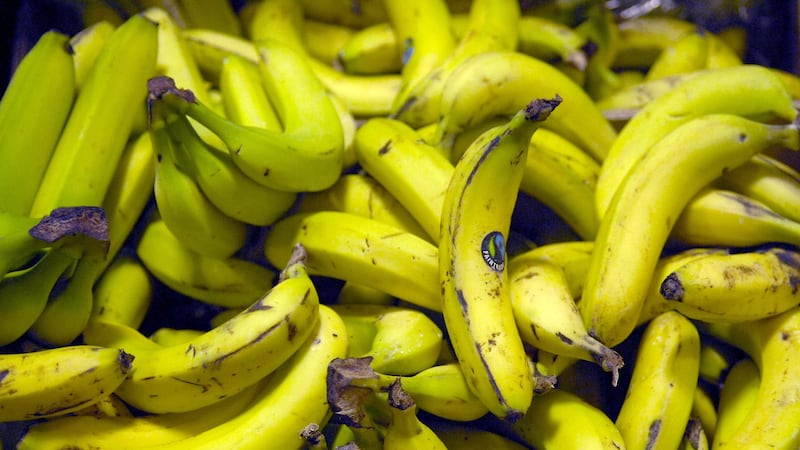A mistle thrush sang loudly in the early morning darkness last week, pushing out repetitive notes in defiance of the dense blackness. As light finally emerged, the bird’s petition was followed by a great-tit’s high pitched ‘teacher, teacher’ calls, tentative spring urgings from both birds.
Brave daffodil and celandine shoots are also now responding to the increasing light, breaking through soil in search of warmer sun rays. Although the promise of spring is present, the bleak January days of mid-winter still challenge us as we face, and sometimes fear the uncertainties of the new year ahead.
I heard the song Learning to Fly recently from the late American singer Tom Petty and his famous band The Heartbreakers. Interpreted by many as a song dealing with the challenges and setbacks of life, he talks of the difficulty of learning to fly without wings and how “the coming down/Is the hardest thing”, maybe an inevitable consequence of life; as he says: “What goes up (learning to fly) Must come down.”
I thought about these strangely comforting lines when watching birds feasting at my feeders a few days ago. Among the goldfinches and greenfinches, squabbling over perches for sunflower seed, coal tits frequently nipped in ahead of them to lift a seed and carry it off to hide in the hedge or bury in soil, for future benefit.
Others included the robin, chaffinches, blue-tits and starlings, all vying for the peanuts and fat balls on offer. It was another bird however, the treecreeper, which especially caught my attention as it characteristically crept and spiralled up a rowan tree working its way around the grey bark, to the top, searching and probing for any morsels of food such as tiny insects and grubs, before typically, flying to the base of the adjacent birch and starting the process of creeping upwards once again. The bird uses its long toes and stiff, occasionally fanned out tail to help its ascent.

Certhia familiaris, is similar in size to the blue tit with greyish-brown upperparts and some white streaking on the crown, while its underparts, including the throat. are white with a slight brownish tinge to the flanks. A quiet, unobtrusive bird, it blends perfectly with its habitat and rarely ventures out in the open to bird feeders. It has a white stripe above the eye and that distinctive downward curved, pointed bill which is used with great effect to probe crevices in tree bark for small prey. It was this behaviour of scaling the tree, then dropping to the base of another which made me think of the lines from the song, “What goes up/Must come down”.
If the treecreeper is unsuccessful on its upward forage, it drops down and begins again in the knowledge it will eventually prosper. This distinctive behaviour of ascending trees in spiral motion before returning to the bottom again, sends an important message, especially now in January when personal goals are often set by many and not easily attained.
The treecreeper’s persistence shows the merit of not giving up despite Petty’s line, “Some say life / Will beat you down”.
The Irish name for the treecreeper, snag, is also used in part for the woodpecker, ‘snag darach’ and magpie, ‘snag breac’. Although a secretive bird, it is a widespread resident across Ireland, found in broad-leaf and mixed woodland, as well as gardens and parks.
As January trudges on, look out for the treecreeper and remember the aged proverb: “‘Tis a lesson you should heed, Try, try again, if at first you don’t succeed, try and try again.”








